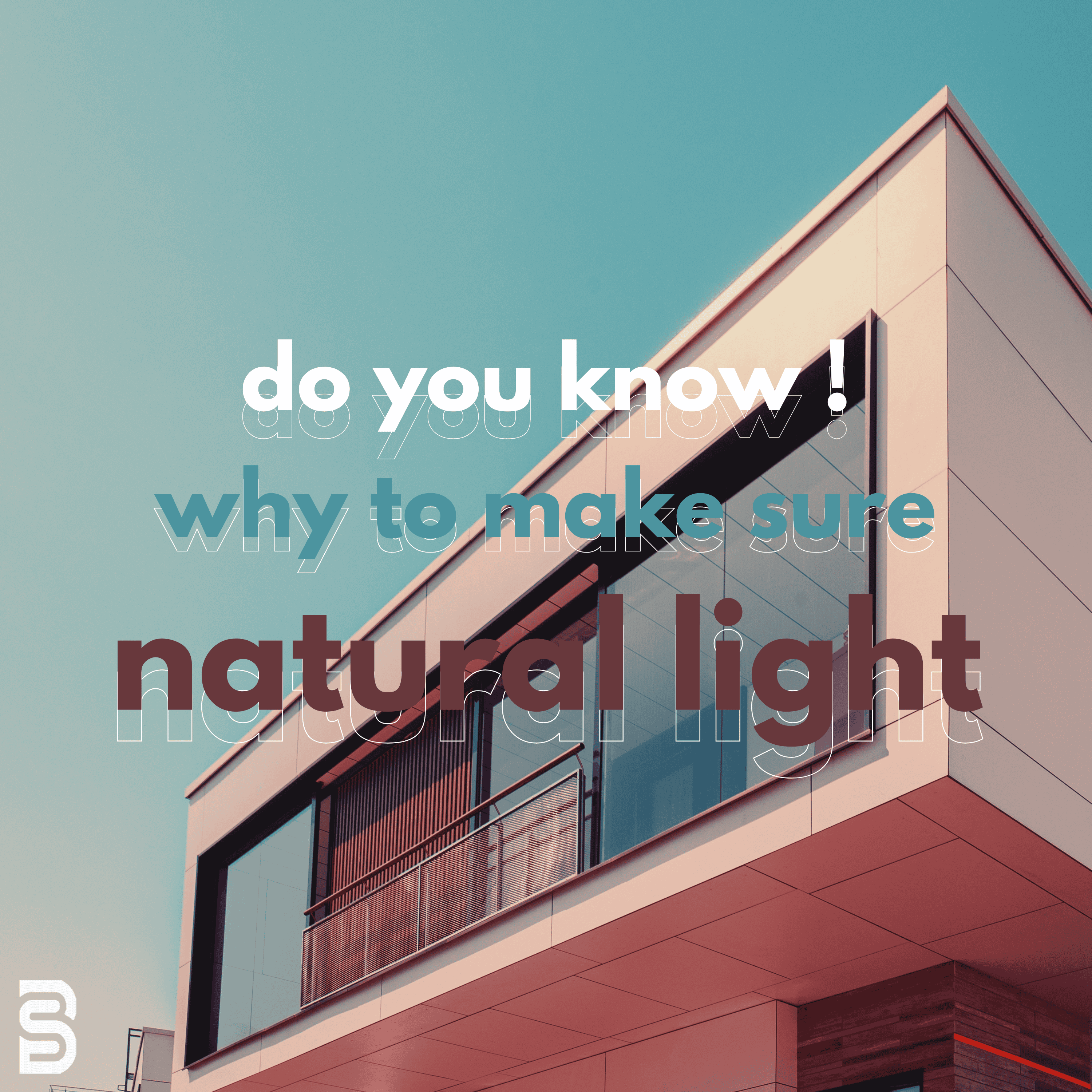Natural light plays a crucial role in architectural construction, influencing aesthetics, functionality, energy efficiency, and overall well-being. Architects and designers continuously seek innovative ways to incorporate natural light into buildings, recognizing its profound impact on the built environment. let’s explore with BTEN Solution.
Enhancing Aesthetics and Spatial Perception
One of the primary benefits of natural light is its ability to enhance the visual appeal of a space. Daylight accentuates architectural details, textures, and colors, creating dynamic and inviting interiors. It also contributes to the perception of spaciousness, making even small spaces feel open and expansive. The strategic placement of windows, skylights, and reflective surfaces can maximize the interplay between light and shadow, adding depth and interest to a structure.
Boosting Energy Efficiency
Incorporating natural light effectively reduces reliance on artificial lighting and decreases energy consumption. Well-lit spaces lower electricity costs and contribute to sustainability by minimizing carbon footprints. Modern architectural designs utilize passive solar strategies, such as daylighting techniques, to optimize the entry of sunlight while mitigating glare and excessive heat gain. High-performance glazing, light shelves, and clerestory windows are common features that harness daylight while maintaining indoor comfort.
Improving Health and Well-being
Exposure to natural light has been proven to enhance physical and mental well-being. Sunlight regulates circadian rhythms, which help maintain healthy sleep patterns, improve mood, and boost productivity. Studies show that occupants of naturally lit buildings experience reduced stress, enhanced focus, and an overall sense of vitality. In workplaces, educational institutions, and healthcare facilities, natural light has been linked to increased efficiency, faster recovery rates, and improved academic performance.
Supporting Sustainable Design
Sustainability is a key consideration in modern architecture, and natural light is integral to green building practices. By reducing the need for artificial lighting and heating, architects can design energy-efficient structures that align with environmental goals. Additionally, integrating natural ventilation alongside daylighting strategies further enhances sustainability by reducing the need for mechanical cooling and ventilation systems.
Strategies for Maximizing Natural Light
Architects employ various techniques to maximize the benefits of natural light. Some effective strategies include:
- Large Windows and Glass Facades: These allow ample daylight to penetrate interiors while providing external views.
- Skylights and Light Tubes: Ideal for bringing light into central areas of buildings.
- Open Floor Plans: Facilitate the flow of natural light throughout interior spaces.
- Reflective Surfaces and Light Colors: Enhance daylight distribution by bouncing light deeper into rooms.
- Smart Shading Systems: Control light levels and prevent overheating, improving energy efficiency.
Conclusion
Natural light is an essential element of architectural construction, influencing both form and function. Beyond its aesthetic value, it contributes to energy efficiency, enhances well-being, and supports sustainability. Thoughtful integration of daylight into architectural design leads to healthier, more productive, and environmentally responsible spaces. As architecture continues to evolve, leveraging the power of natural light remains a fundamental principle in creating inspiring and sustainable built environments.

